
Paths to Practice Perfection
Healing a Hard to Heal Wound Over
the Achilles Tendon and Avoiding Surgery
Healing a Hard to Heal Wound Over
the Achilles Tendon and Avoiding Surgery
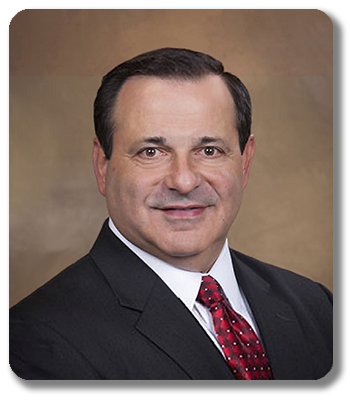
Matthew Garoufalis, DPM,
FASPS, FACPM, CWS, FFPM
RCPS (Glasg), FRSM
Professional Foot Care Specialists, PC
Chicago, IL
We are often called to treat patients with hard to heal wounds. Patients with diabetes, complicated by other co-morbidities, and because of history not a good candidate for surgery are just a few examples. Hard to heal wounds can be the result of tissue hypoxia and alkalosis. We know that hard to heal wounds typically have a partial pressure of oxygen well below the needed threshold to heal.
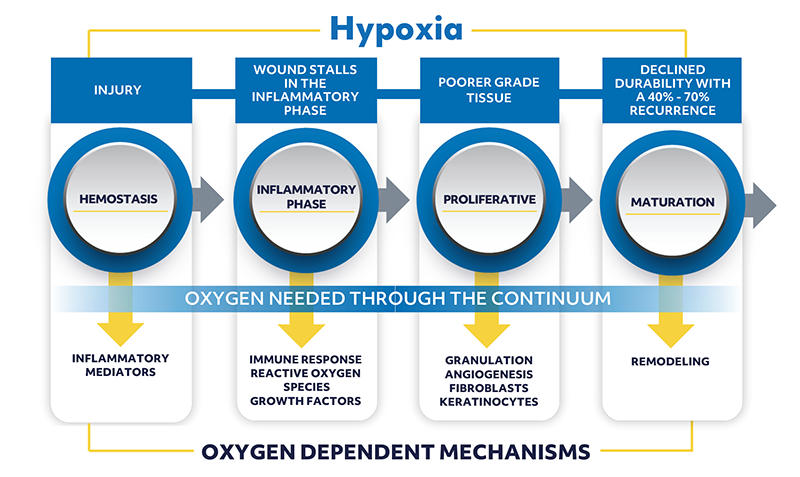
By providing Cyclical-Pressurized Topical Wound Oxygen to these wounds, it is possible to increase oxygen tension, while lowering the wound pH, thereby changing the wound environment to one more conducive to healing1.
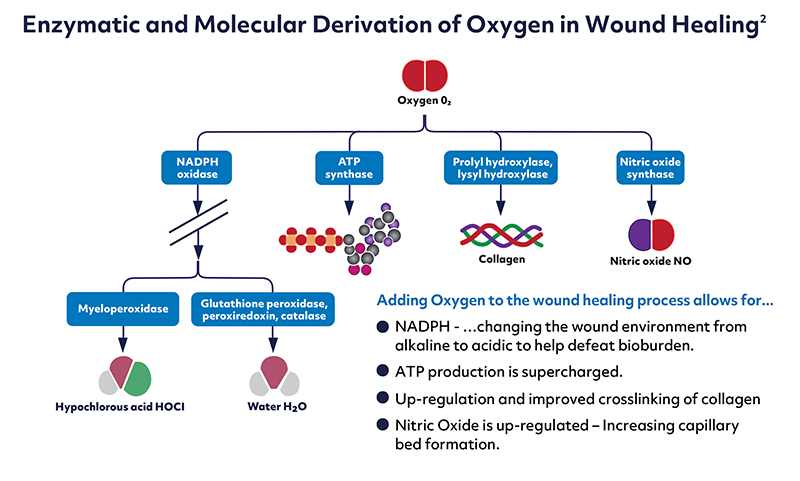
Cyclical-Pressurized Topical Wound Oxygen (TWO2) Therapy increases the partial pressure of O2, allowing for a greater amount to diffuse into the wound bed. It also mobilizes blood and lymphatic fluids, reducing edema and peri wound edema, which further enhances O2 diffusion and neovascularization within the wound bed and encourages granulation tissue formation from the wound base. Edema reduction also decreases the hydrostatic pressure often found in the congested wound, allowing less restricted arterial flow, and further improving wound bed perfusion and encouraging granulation at the wound base. Humidification allows for better oxygen diffusion and contributes to an ideal wound healing environment.
Case Study
A 70-year-old type 2 diabetic male, with a history of diabetic foot ulcers and presenting currently with a large open wound over his Achilles tendon area of right foot. This wound has been present for 6 months with a variety of different wound products applied. Wound closure was initially attempted by using cadexomer iodine, collagen ORC, medical grade honey, and a silver foam dressing, all with little success. The patient was scheduled for an Achilles tendon resection and debridement, but the procedure was postponed due to high blood pressure. At this point the patient was started on Cyclical-Pressurized Topical Wound Oxygen (TWO2) Therapy at home with a simple ovine collagen dressing. The patient quickly began to granulate this wound and was able to achieve closure in 12 weeks.
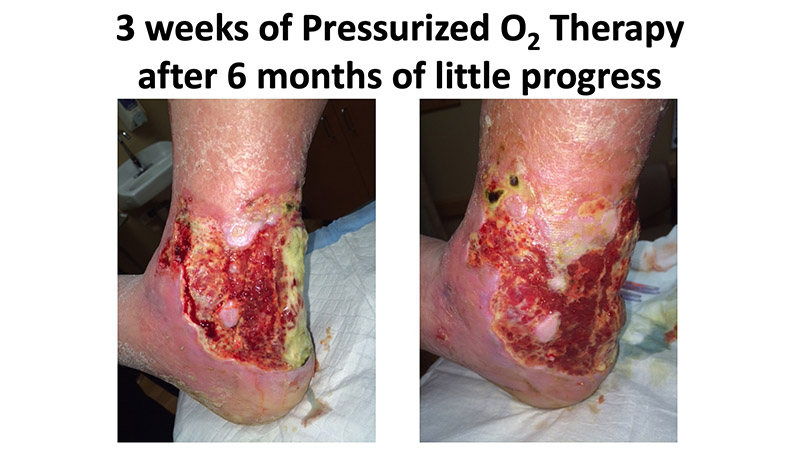
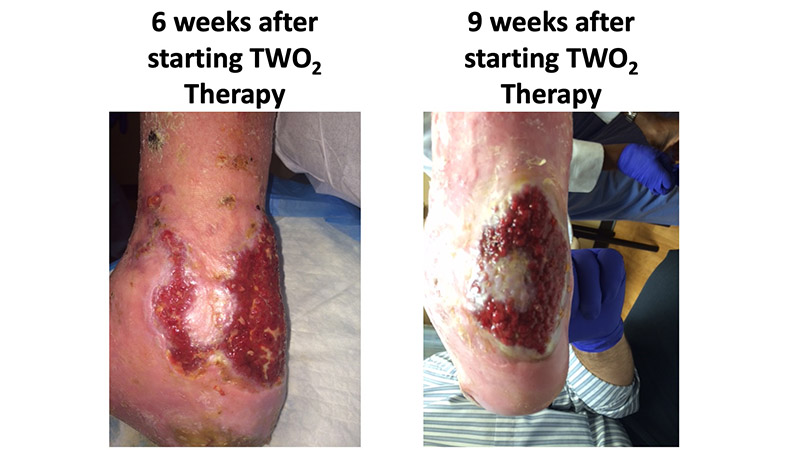
Conclusion
The wound had complete closure after 12 weeks of TWO2 Therapy. The likely culprit of the wound not being able to advance to closure could have been the result of excessive bioburden and biofilm formation. This was easily addressed by using Cyclical-Pressurized Topical Wound Oxygen to change the wound environment, lower the pH, and accelerate wound closure in this hard to heal wound.
Do you have questions regarding TWO2 Therapy?
Connect with AOTI
As with any case study, the results and outcomes should not be interpreted as a guarantee or warranty of similar results. Individual results may vary depending on the patient’s circumstances and condition.
NOTE: Specific indications, contraindications, warnings, precautions, and safety information exist for this product and therapies. Please consult a clinician and product instructions for use prior to application. Rx only.
-
Sen CK. Wound Healing Essentials: Let There Be Oxygen. Wound Repair Regen. 2009 Jan-Feb;17(1):1-18. doi: 10.1111/j.1524-475X.2008.00436.x. PMID: 19152646; PMCID: PMC2704021.
Follow this link -
Frykberg RG, Andersen C, Chadwick P, et al. JOURNAL OF WOUND CARE CONSENSUS DOCUMENT VOL 32, NO 8 (SUPPL 8B), AUGUST 2023.
Follow this link


Comments
There are 0 comments for this article